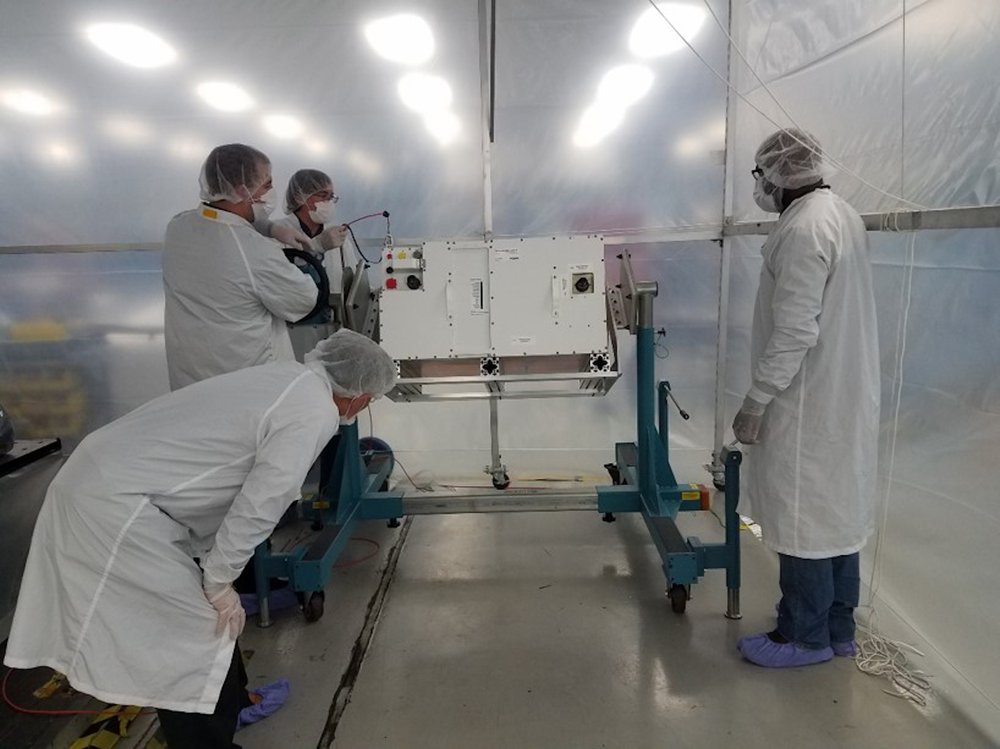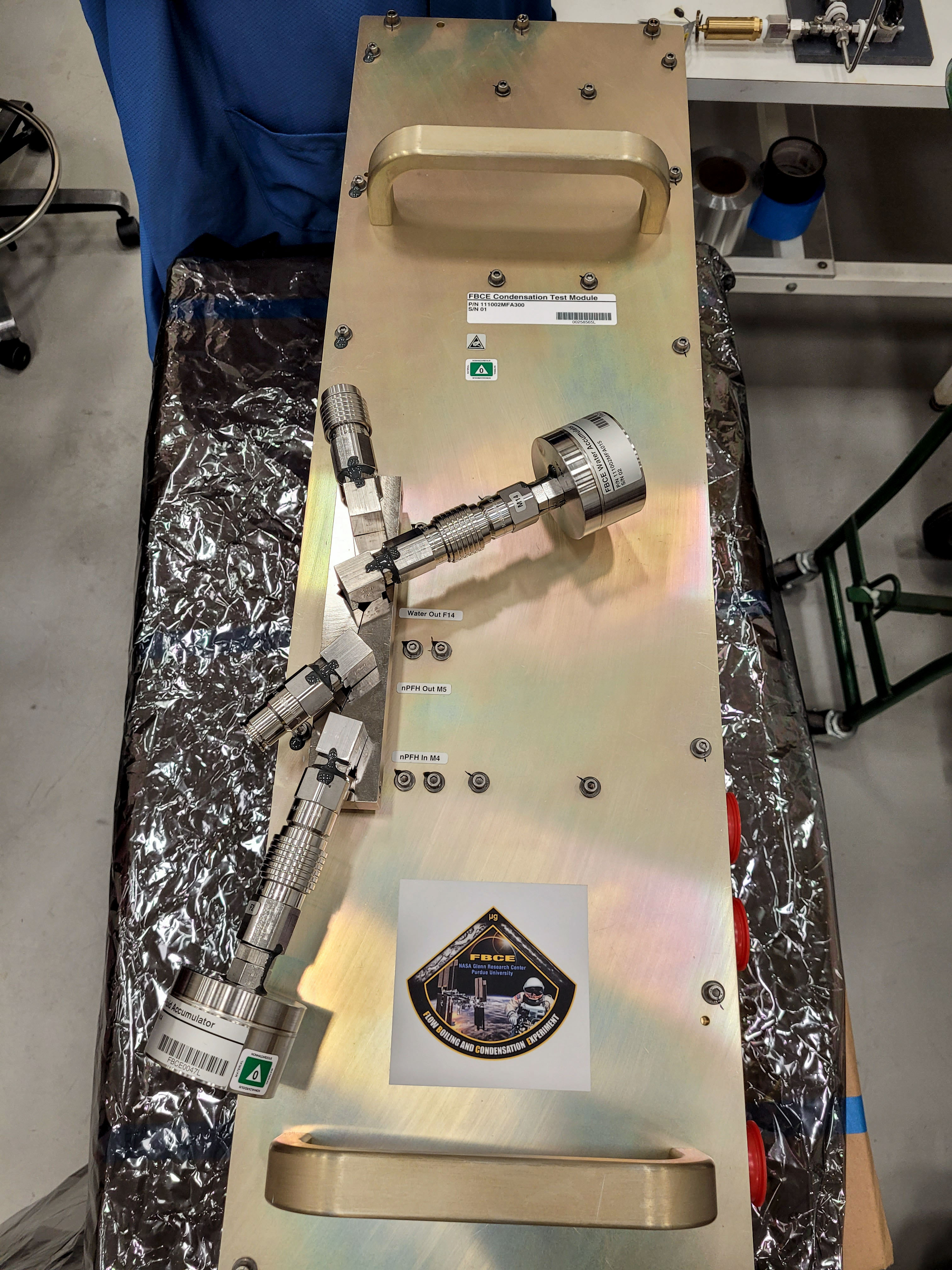3 min read
NASA is sending several biological and physical sciences experiments and equipment aboard SpaceX’s 30th commercial resupply services mission. Studying biological and physical phenomena under extreme conditions allows researchers to advance the fundamental scientific knowledge required to go farther and stay longer in space, while also benefitting life on Earth. Not only can these experiments provide pioneering scientific discovery – they enable sustainable deep space exploration and support transformative engineering.
The commercial resupply launch took place Thursday, March 21, at Cape Canaveral Space Force Station in Florida.
The emergence of antibiotic-resistant bacteria poses a significant threat to human health, both on Earth and in space. Common, harmless bacteria like Enterococcus faecalis (EF) and Enterococcus faecium, can be found on the International Space Station just as they are on Earth -- and yet, they exhibit resistance to antibiotics and are hardier than their counterparts down on the ground. This raises concerns about potential more harmful bacteria causing infections for astronauts, especially during long-duration missions, as standard antibiotic treatments might prove ineffective.
To address this issue, Genomic Enumeration of Antibiotic Resistance in Space will survey the space station for antibiotic-resistant microbes. By analyzing the genetic makeup of these bacteria, scientists hope to understand how they adapt to the unique environment of space. This knowledge will be instrumental in developing protective measures for astronauts’ health on future long-duration missions. Additionally, it could contribute to a broader understanding of antibiotic resistance, benefiting healthcare practices on Earth.

A temporary replacement module for the Cold Atom Lab will be aboard SpaceX-30. The module will enable NASA to continue pioneering quantum experiments aboard the International Space Station while researchers troubleshoot upgraded equipment delivered to station in August 2023 that they were unable to bring online.

Japan Aerospace Exploration Agency (JAXA) partner-lead investigation
The objective of the Electrostatic Levitation Furnace-1 reflight is to investigate the effects of the interfacial phenomena between molten steel and slag (oxide) melts during processing from the viewpoint of the thermophysical properties. During steel making processes, such as continuous casting, the impurity in the cast steel is influenced by the interplay between the molten steel and molten slags. Understanding the interfacial phenomena could help produce higher purity steels. Success could increase the space station's commercial utilization and improve oxide melt manufacturing and application on Earth.

During the initial checkouts following launch of the Condensation Module Power Filter hardware on NG-19 in August 2023, an anomaly was observed in the test section thermocouple readings. The team investigated the issue and recommended replacement of the power filter module to fix the anomalous thermocouple readings. The PFM filters out undesirable electromagnetic emissions noise for the payload electronics.

NASA’s Biological and Physical Sciences Division pioneers’ scientific discovery and enables exploration by using space environments to conduct investigations not possible on Earth. Studying biological and physical phenomena under extreme conditions allows researchers to advance the fundamental scientific knowledge required to go farther and stay longer in space, while also benefitting life on Earth.
